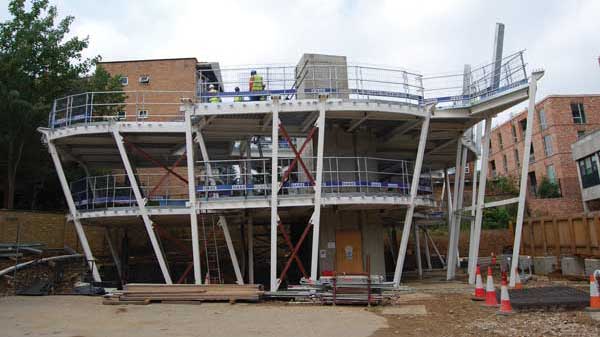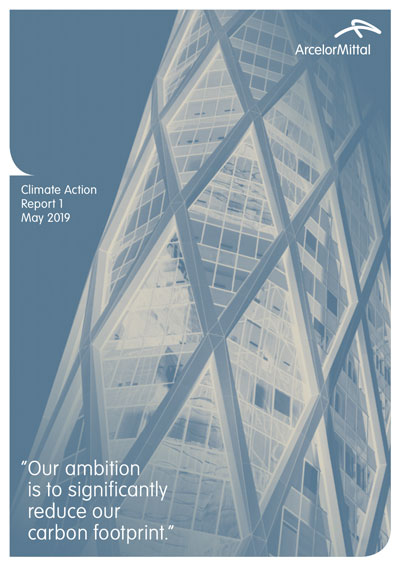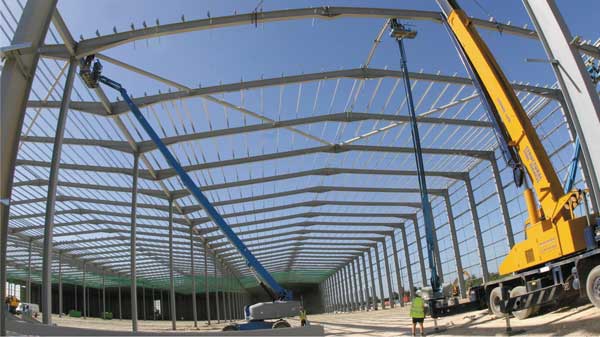Projects and Features
An introduction to steelmaking
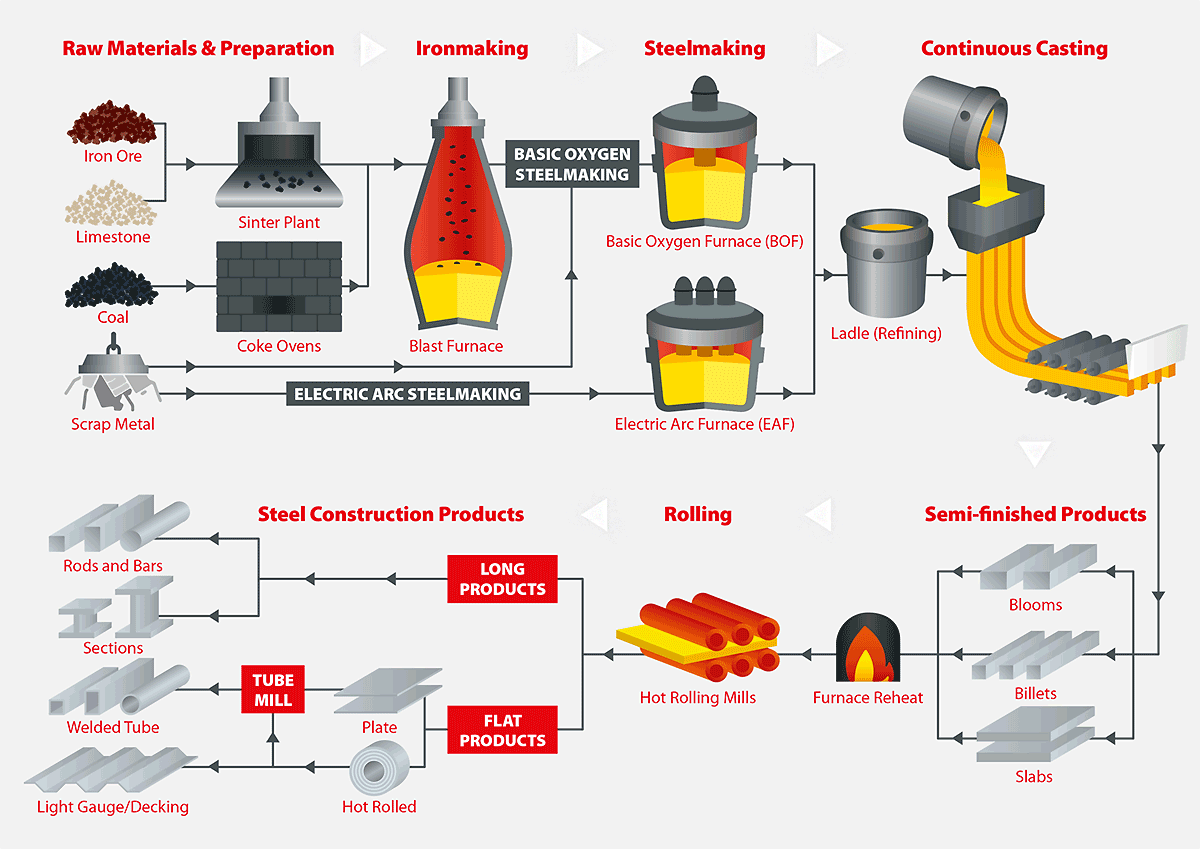 People have been making iron and steel for centuries. Steel remains the backbone of modern industrialised economies. It’s hard to imagine a world without steel – be it construction, vehicles, engines or machines, steel is ever present in all that we make and all that we use.
People have been making iron and steel for centuries. Steel remains the backbone of modern industrialised economies. It’s hard to imagine a world without steel – be it construction, vehicles, engines or machines, steel is ever present in all that we make and all that we use.
Steel’s versatility, in terms of its composition and properties, its strength-to-weight ratio and its ability to be infinitely multicycled into new products sets it apart from other materials and makes steel the ultimate product of the future and one that already contributes to the development of the circular economy.
Structural steel is an alloy of iron and other metals with most of the carbon removed to make it tougher and more ductile. There are many grades of steel, each with its own specific chemical composition and properties to meet the needs of the many different applications.
“R&D is central to our long-term construction strategy. We embrace new technologies to continually improve the quality of our steel and our manufacturing operations, ensuring customers receive the high-quality products and service they rightly expect.” British Steel Managing Director Construction, Richard FarnsworthThere are two major steelmaking processes used today.
Basic Oxygen Steelmaking
Molten iron (called ‘hot metal’) produced in a blast furnace from iron ore, coking coal and steel scrap are the principal materials used in Basic Oxygen Steelmaking (BOS). Modern furnaces, or ‘converters’ take up to 350 tonnes of these materials and convert it into steel in around 15 minutes. A water-cooled oxygen lance is lowered into the converter and high-purity oxygen is blown on to the metal at very high pressure. The oxygen combines with carbon and other unwanted elements, eliminating them from the molten charge. These oxidation reactions produce heat, and the temperature of the metal is controlled by the quantity of added scrap.
After the steel has been refined and samples taken to check temperature and composition, the converter is tilted and the steel is tapped into a ladle. Typically, the carbon content of the steel at the end of refining is about 0.04%. During tapping, alloy additions can be made to adjust the final composition of the steel.
Electric Arc Furnace
The Electric Arc Furnace (EAF) uses cold scrap metal. Modern EAFs can make up to 150 tonnes of steel in a single process or ‘melt’.
“From rolling the first metre-high beam in 1911 to modern day QST processes producing S460, Histar and monthly rollings of UCs to 1299kg/m, ArcelorMittal aims to enhance and support steel construction’s ability to deliver efficient, economic and sustainable solutions.” ArcelorMittal Senior Technical Sales Engineer & Business Development, Neil Tilley.The electric arc furnace consists of a circular bath with a movable roof, through which three graphite electrodes can be raised or lowered. Once the steel scrap is placed in the furnace the electrodes are lowered. A powerful electric current is passed through the charge, an arc is created, and the heat generated melts the scrap. Lime and fluorspar are added as fluxes and oxygen is blown into the melt to remove impurities.
Samples of the steel are taken and analysed to check their composition and, when the correct composition and temperature have been achieved, the furnace is tapped rapidly into a ladle. Final adjustments to precise customer specification can be made by adding alloys during tapping.
Secondary Steelmaking
After the molten metal is poured into a ladle from either the BOS furnace or EAF it is often given one or more extra treatment(s) depending upon the grade of steel required. These further refining stages are collectively known as secondary steelmaking.
Continuous casting
Before molten steel can be rolled or formed into finished products, it has to solidify and be formed into standard intermediate basic shapes called billets, blooms, slabs or beam blank ‘dog bones’. This is done by a process called continuous casting where a number of ladles of the same grade of steel are fed into the caster without stopping the machine. This continuous process is key to efficient production.
The steel flows out of the ladle into the tundish, which is a reservoir that ensures the steel flows at a controlled rate into the water-cooled copper mould of the casting machine. Once the steel has passed into the copper moulds only its outer shell will have solidified. The steel is then drawn downwards from the bottom of the mould through a curved arrangement of support rolls and water sprays until it emerges horizontally as a solid steel strand from the discharge end of the machine, where it is automatically cut to the lengths required.
Such continuous casting machines can produce several strands in parallel.
Shaping steel
Steel’s resistance to shaping reduces at high temperature, so it’s generally rolled into finished products at carefully controlled elevated temperatures. The semi-finished shapes are heated to around 1,200°C in a reheat furnace and squeezed between sets of cylinders or rolls. Rolls are arranged in pairs and housed in a ‘stand’.
To change the shape of a material as strong as steel, the rolls must exert forces measured in thousands of tonnes, and must also draw the steel continuously through the rolls while reducing the thickness. Two main classes of product are produced – flat products, sheets or strips of uniform thickness, and long products – lengths of a particular cross section, ranging from rectangular bars to double flange H sections. For flat products, two horizontal rolls are set one above the other in an open housing. For long products a series of specially shaped and angled rolls (referred to as ‘stands’) are used to transform the section to the required shape.
Continuous development
Steelmakers around the world are continually improving the efficiency of steel production to drive down costs and reduce the environmental impact of the process. Steelmakers also invest in research and development to create new steel grades with enhanced properties to meet the ever increasing demands of clients.
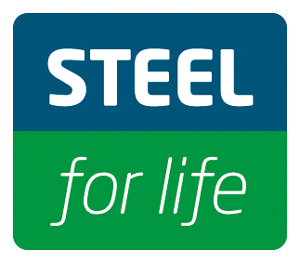 ArcelorMittal and British Steel
ArcelorMittal and British Steel
are headline sponsors of
Steel for Life








